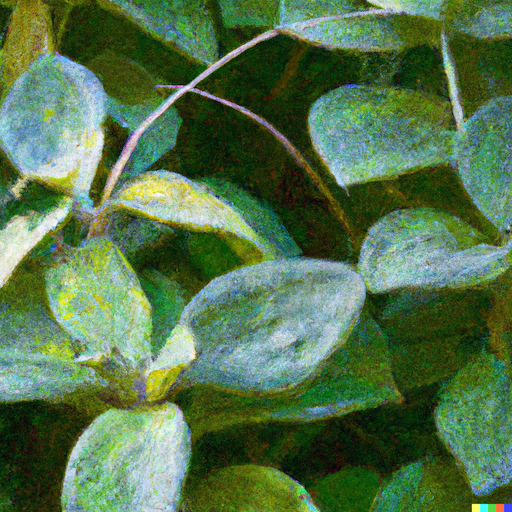This tutorial provides an end-to-end guide on implementing object detection using KerasCV, specifically RetinaNet, to identify healthy and diseased plant leaves. The process involves inspecting and preprocessing data, setting up RetinaNet with a YOLOv8 backbone, training the model with focal loss and smooth L1 loss, and making predictions, considering class imbalance with focal loss. It also covers data augmentation and non-max suppression tuning for predictions. Key challenges include ensuring data quality and dealing with the fast pace of library updates. Future work includes data set cleanup for better model performance.

“`html
Object Detection with RetinaNet and KerasCV
Transform Your Business with AI: Leverage the capabilities of AI to stay ahead in the competitive landscape. Identify key areas for AI integration, set clear performance indicators, and choose the right AI tools for your business. Start small and scale wisely. For expert guidance on AI KPIs, reach out to us at hello@itinai.com. Follow us for AI insights on Telegram (t.me/itinainews) or Twitter (@itinaicom).
AI Sales Bot: Your 24/7 Customer Engagement Tool
Enhance your customer interactions with the AI Sales Bot from itinai.com/aisalesbot. This tool is designed to automate engagement and support customers throughout their journey, anytime, anywhere.
Practical AI Solutions for Middle Managers
Introducing the power of KerasCV, an AI library that simplifies object detection. This tool enables you to automate the identification and classification of objects within images, providing practical solutions for various industries.
Why KerasCV?
KerasCV is a specialized extension of the Keras API, maintained by the Keras team. It offers the same level of quality and compatibility as the core Keras API, making it the future of computer vision in TensorFlow/Keras.
Object Detection Explained
Object detection involves creating bounding boxes around objects of interest in an image and classifying them. This process combines two challenges: predicting the coordinates of the box (regression) and identifying the object class (classification).
Streamlining Object Detection with KerasCV
KerasCV simplifies the object detection pipeline, allowing even beginners to build effective models. It handles complex tasks like resizing images, generating anchor boxes, and implementing data augmentation with ease.
Training RetinaNet with KerasCV
RetinaNet is a popular model for object detection, known for its focal loss function that addresses class imbalance. KerasCV facilitates the training of RetinaNet, guiding you through pre-processing, model selection, and optimization.
Practical Application: PlantDoc Dataset
The PlantDoc dataset, with images of healthy and diseased plant leaves, showcases the potential of AI in agriculture. By using KerasCV, you can develop models to detect plant diseases early, aiding farmers in crop management.
Conclusion and Next Steps
Object detection is a complex yet rewarding task. KerasCV offers a user-friendly approach to building object detection models. For further improvement, consider refining your dataset and fine-tuning model parameters.
For more information on how AI can benefit your business, visit itinai.com.
“`
List of Useful Links:
- AI Lab in Telegram @aiscrumbot – free consultation
- Object Detection using RetinaNet and KerasCV
- Towards Data Science – Medium
- Twitter – @itinaicom
























